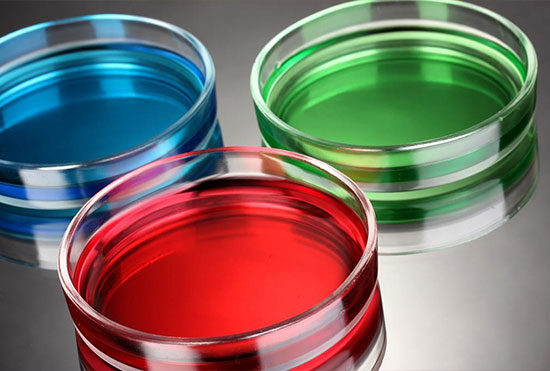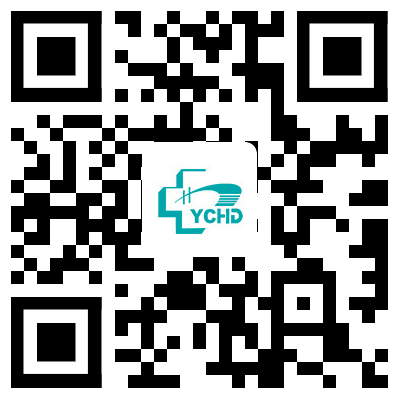Secondary Contamination Due to Improper Unpacking: A Cause for Hesitation
Introduction:
Unpacking materials, such as laboratory supplies and consumables, is a routine task in scientific research and medical settings. However, inadequate handling during the unpacking process can lead to secondary contamination, compromising experimental integrity and research outcomes. This article discusses the issues surrounding secondary contamination caused by improper unpacking practices and suggests effective strategies to mitigate the risks.
Contaminated Surfaces:
Unsterilized or inadequately cleaned surfaces in the unpacking area can be a breeding ground for bacteria. Ensure that the unpacking area is clean and regularly sanitized. Wipe down surfaces with appropriate disinfectants before starting the unpacking process to minimize the presence of potential contaminants.
Personal Hygiene:
Individuals responsible for unpacking should maintain good personal hygiene to prevent unintentional contamination. Wash hands thoroughly with soap and water before handling any materials. If necessary, wear disposable gloves or use hand sanitizers to reduce the risk of transferring bacteria from hands to the unpacked items.
Sterile Environment:
Unpacking should ideally take place in a controlled sterile environment, such as a laminar flow hood or a cleanroom. These environments minimize the presence of airborne contaminants and help maintain a sterile atmosphere during the unpacking process. If a sterile environment is not available, take additional precautions to minimize airborne contaminants, such as working in a well-ventilated area free from dust and other particles.
Proper Tools and Techniques:
Using the right tools and techniques during unpacking can significantly reduce the risk of secondary contamination. Ensure that tools, such as scissors or scalpels, are sterilized or disposable to avoid introducing bacteria onto the unpacked items. Open packages with care, avoiding contact with non-sterile surfaces or hands. Use forceps or sterile gloves when necessary to handle unpacked items.
Limited Exposure Time:
Minimize the exposure time of unpacked items to the surrounding environment to reduce the risk of contamination. Open packages swiftly and efficiently to limit the potential for airborne or surface contamination. Once opened, promptly transfer the items to their designated sterile storage or work area.
Regular Equipment Maintenance:
Regularly inspect and maintain the equipment used for unpacking, such as laminar flow hoods or cleanrooms. Ensure that filters are clean and functioning properly to maintain a controlled sterile environment. Follow manufacturer guidelines for maintenance and calibration to optimize the performance of the equipment.
Training and Awareness:
Provide proper training to personnel involved in the unpacking process to raise awareness of the importance of sterile practices. Educate them about potential risks associated with secondary contamination and the best practices to mitigate those risks. Regularly reinforce training through reminders and refresher courses to ensure compliance.
Conclusion:
Unpacking materials in a scientific or medical setting requires careful attention to prevent secondary contamination. By addressing issues such as contaminated surfaces, personal hygiene, maintaining a sterile environment, using proper tools and techniques, limiting exposure time, regular equipment maintenance, and providing adequate training, the risk of secondary contamination can be significantly reduced. Adhering to sterile practices during the unpacking process ensures the integrity of experiments, enhances research outcomes, and promotes a safe and reliable working environment.




